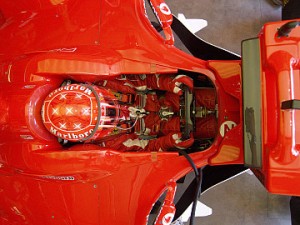 The German Grand Prix, to be held at the Nürburgring on Sunday, will be the home Grand Prix for five drivers.
The German Grand Prix, to be held at the Nürburgring on Sunday, will be the home Grand Prix for five drivers.
There are more Germans on the Formula One grid than any other nationality and this got me wondering how successful different countries have been in Formula One. Which country has produced the most World Champions and which nationality has won the most races?
If we look at the number of Drivers’ Championships won then Britain tops the list with thirteen Championships won by nine different drivers. Brazil comes a distant second with eight Championships split between Nelson Piquet (3), Ayrton Senna (3) and Emerson Fittipaldi (2).
Third and fourth places are each the result of a single driver that dominated their time in the sport. Juan Manel Fangio won the Drivers’ Championship five times between 1951 and 1957, a record that stood until Michael Schumacher broke it on the way to his seven World Championships.
Drivers’ Championships won by nationality
| Country |
Drivers |
Total |
Drivers by name (titles) |
| United Kingdom |
9 |
13 |
Jackie Stewart (3), Jim Clark (2), Graham Hill (2), Mike Hawthorn (1), John Surtees (1), James Hunt (1), Nigel Mansell (1), Damon Hill (1), Lewis Hamilton (1) |
| Brazil |
3 |
8 |
Nelson Piquet (3), Ayrton Senna (3), Emerson Fittipaldi (2) |
| Germany |
1 |
7 |
Michael Schumacher (7) |
| Argentina |
1 |
5 |
Juan Manuel Fangio (5) |
| Finland |
3 |
4 |
Mika Häkkinen (2), Keke Rosberg (1), Kimi Räikkönen (1) |
| Australia |
2 |
4 |
Jack Brabham (3), Alan Jones (1) |
| Austria |
2 |
4 |
Niki Lauda (3), Jochen Rindt (1) |
| France |
1 |
4 |
Alain Prost (4) |
| Italy |
2 |
3 |
Alberto Ascari (2), Nino Farina (1) |
| USA |
2 |
2 |
Phil Hill (1), Mario Andretti (1) |
| Spain |
1 |
2 |
Fernando Alonso (2) |
| Canada |
1 |
1 |
Jacques Villeneuve (1) |
| New Zealand |
1 |
1 |
Denny Hulme (1) |
| South Africa |
1 |
1 |
Jody Scheckter (1) |
Looking at the total number of races won, the Brits are even more dominant with almost twice the number of Grand Prix wins than the Germans in second place.
France moves up into fourth place and many more countries make the list, including Mexico.
Races won by nationality
| Country |
Wins |
Drivers |
| United Kingdom |
206 |
19 |
| Germany |
106 |
6 |
| Brazil |
99 |
6 |
| France |
79 |
12 |
| Finland |
43 |
4 |
| Italy |
43 |
15 |
| Austria |
41 |
3 |
| Argentina |
38 |
3 |
| USA |
33 |
15 |
| Australia |
26 |
2 |
| Spain |
21 |
2 |
| Canada |
17 |
2 |
| New Zealand |
12 |
2 |
| Sweden |
12 |
3 |
| Belgium |
11 |
2 |
| South Africa |
10 |
1 |
| Colombia |
7 |
1 |
| Switzerland |
7 |
2 |
| Mexico |
2 |
1 |
| Poland |
1 |
1 |
This Mexican racing car driver was Pedro Rodríguez. His brother, Ricardo, also raced motorbikes and cars and the two of them were known as “The Little Mexicans”.
Pedro’s first F1 victory came in only his ninth race, in South Africa in 1967 and he went on to win again in Belgium in 1970. He was a great all-round driver, competing in CanAm, NASCAR, rallies and even ice racing. He won at Le Mans in 1968 in a Wyer-Gulf Ford GT40.
In 1971, when he was just 31 years old he was killed in a Ferrari 512M at the Norisring in Nuremberg, Germany.
The first hairpin at Daytona International Speedway is named the Pedro Rodriguez curve, and the Mexico City autodrome is named after him and his brother, who was also killed while practicing for the 1962 Mexican Grand Prix.
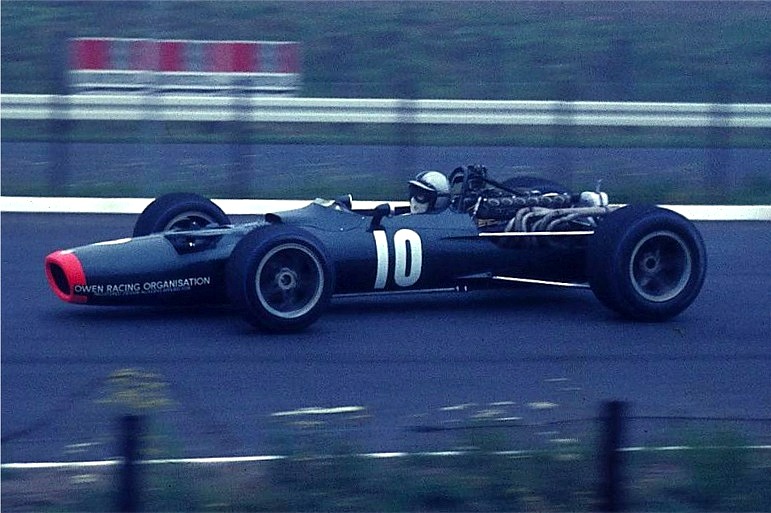
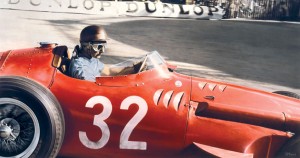 Sixty years ago today was the first Monaco Grand Prix of the new Formula One World Championship.
Sixty years ago today was the first Monaco Grand Prix of the new Formula One World Championship.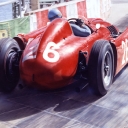
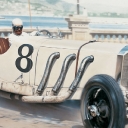
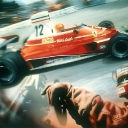
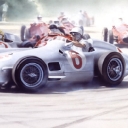
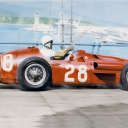
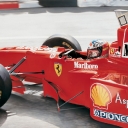
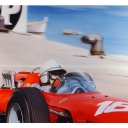
 The German Grand Prix, to be held at the Nürburgring on Sunday, will be the home Grand Prix for five drivers.
The German Grand Prix, to be held at the Nürburgring on Sunday, will be the home Grand Prix for five drivers.
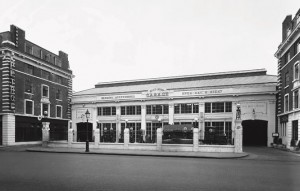 Last week, Keith Collantine at F1 Fanatic wrote a
Last week, Keith Collantine at F1 Fanatic wrote a 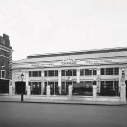
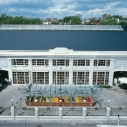

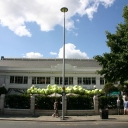
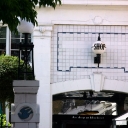
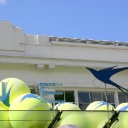
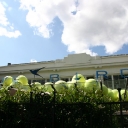
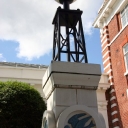
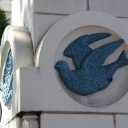
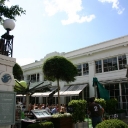
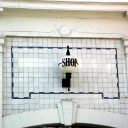
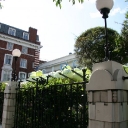
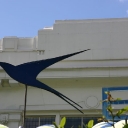
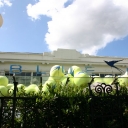
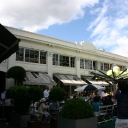
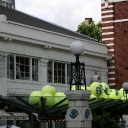
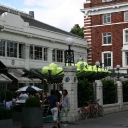
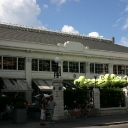
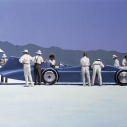
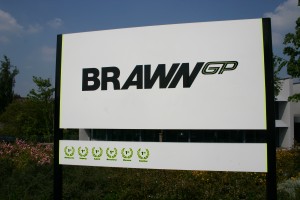 Like the nose of a
Like the nose of a 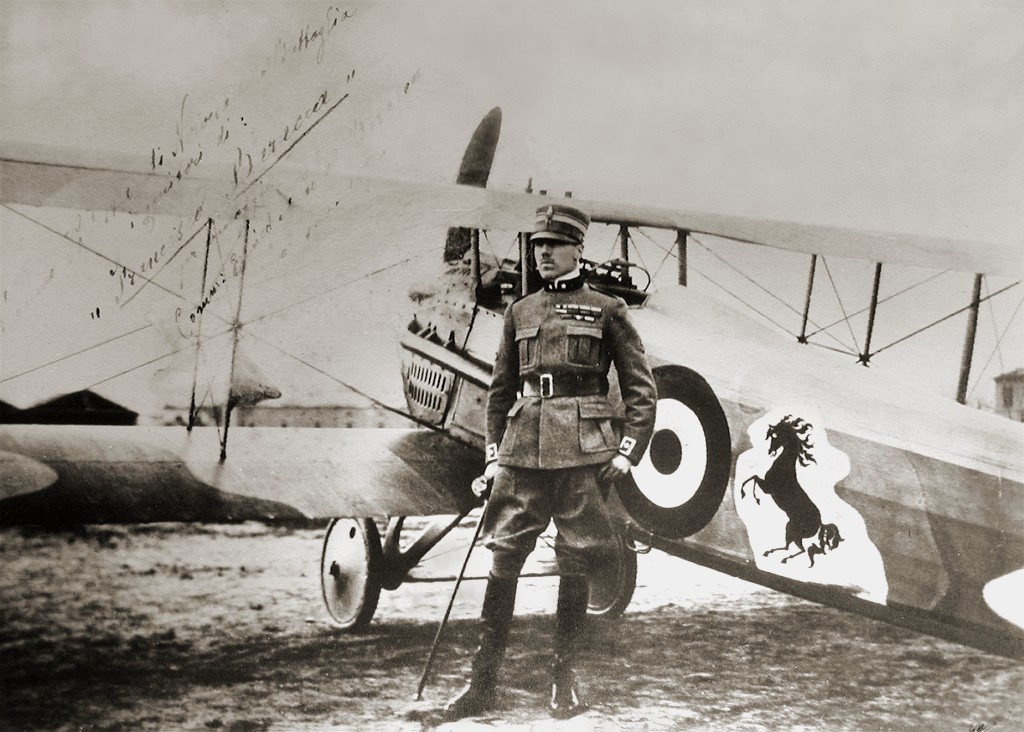
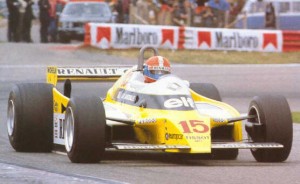 A couple of days ago, in a post asking
A couple of days ago, in a post asking